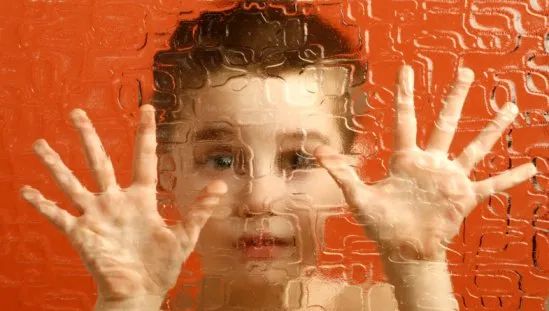Film 7 - Temple Grandin
Movies that Will Inspire You:
Learning to See the Child Who is Not Yet There

There are a number of wonderful films that capture the essence of teachers who have been able to see and hold the vision of what a child can be and do. In this particular film, it is the student herself that determines what she needs. Her inner teacher shines forth.
This award-winning film is available on Netflix and other venues. Public libraries often have a good selection of films, or you can rent them or even buy your favorites through Amazon.com. If you are a parent or a teacher faced with an autistic child, or you simply want to understand the challenges of autism, you will enjoy this true-life movie.
Temple grew up with autism. She was placed in a special school to try and help her when one of her teachers noticed some of her unusual spatial abilities. The film chronicles her mother’s unwavering support for her and shows how Temple’s own determination led her to use her extraordinary abilities in a unique career. Temple went on to become a PhD and is universally recognized as an authority in her field as a designer of livestock handling facilities and a Professor of Animal Science at Colorado State University.
She is also a leading spokesperson on autism. Among her basic teaching is that change is the biggest problem for children affected by autism. When something new is coming, let the autistic child know in advance, explain it, show pictures of new faces and new places, and help make the change with the least amount of surprise.
 On Temple’s website (www.templegrandin.com/templehome.html), she offers practical answers to questions people send to her about autism. Here are a few samples.
On Temple’s website (www.templegrandin.com/templehome.html), she offers practical answers to questions people send to her about autism. Here are a few samples.

QUESTION: I have heard you speak several times and you always say one of the best things your mother did was to teach you good manners. I agree this is a very important part of social development. My problem comes when my son, age 8 and high functioning, keeps asking why it matters? Why does it matter if you use the dinner fork or the salad fork? Why is it important to say “yes ma’am,” “please,” and “thank you” instead of saying “sure” and “uh huh”?
He wants concrete explanations why these things matter. Thank you for all you do to help make the world easier for my son and many others! – Susan
ANSWER: I would suggest telling your son “we use good manners because other people like it when you do.” Be simple and to the point. – Temple
QUESTION: Dr. Grandin, if you could give only one piece of advice to teachers and one piece of advice to parents, what would that be? – Christa
ANSWER: The advice I would give to teachers and/or parents would be to develop the child’s strengths and teach them from those. For instance, if a child likes art, then teach with art. If they like trains, then teach with trains, dinosaurs, etc. You can teach Math with trains, you can teach Art with trains. And so forth.
It also helps the child to develop their interest further by broadening it out. They can learn history from studying parts of the world where dinosaurs once lived. An interesting fact is dinosaurs once lived at the Denver Airport! – Temple
Would You Like to Learn More?
Whether as a parent or teacher, many of us benefit enormously by a better understanding of our spectrum children. Here is a great place to start, follow this link to Age of Montessori’s Professional Development Webinar entitled: What You Need to Know about Rising Rates of Autism and Dyslexia. Learn from Master Teacher Mary Ellen Maunz as she presents an in-depth view of these problems and explains how the brain can heal itself.
What You Need to Know about Rising Rates of Autism and Dyslexia

Description: Twenty to thirty percent of our children struggle with learning to read and one out of every 50 may be afflicted with Autism. Both are neurological wiring problems with multiple causes. These troubling statistics are compelling reasons to learn how to recognize these problems and what we can do about them. Master Teacher Mary Ellen Maunz will present an in-depth view of these problems and how the brain can heal itself.
More articles from Age of Montessori on autism






















